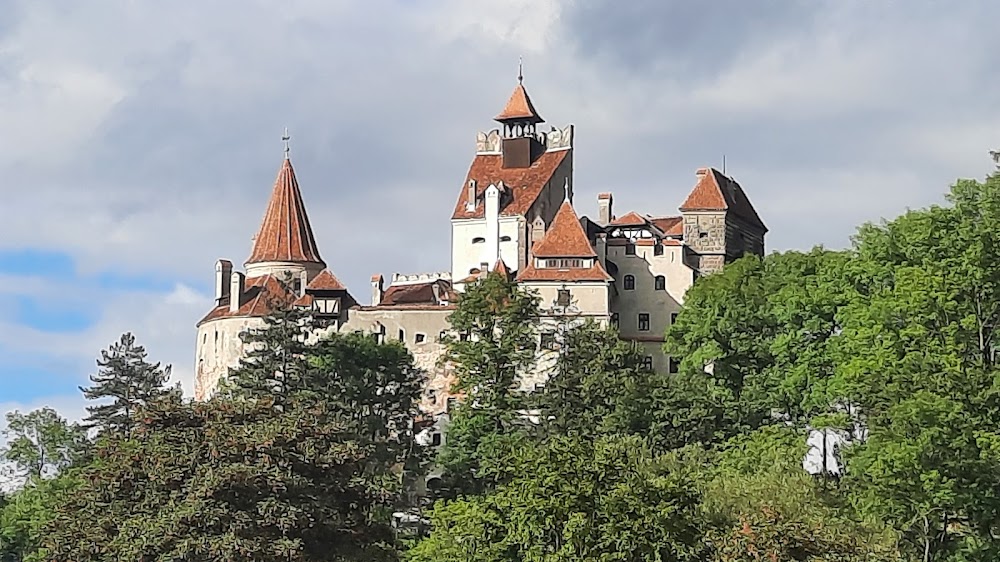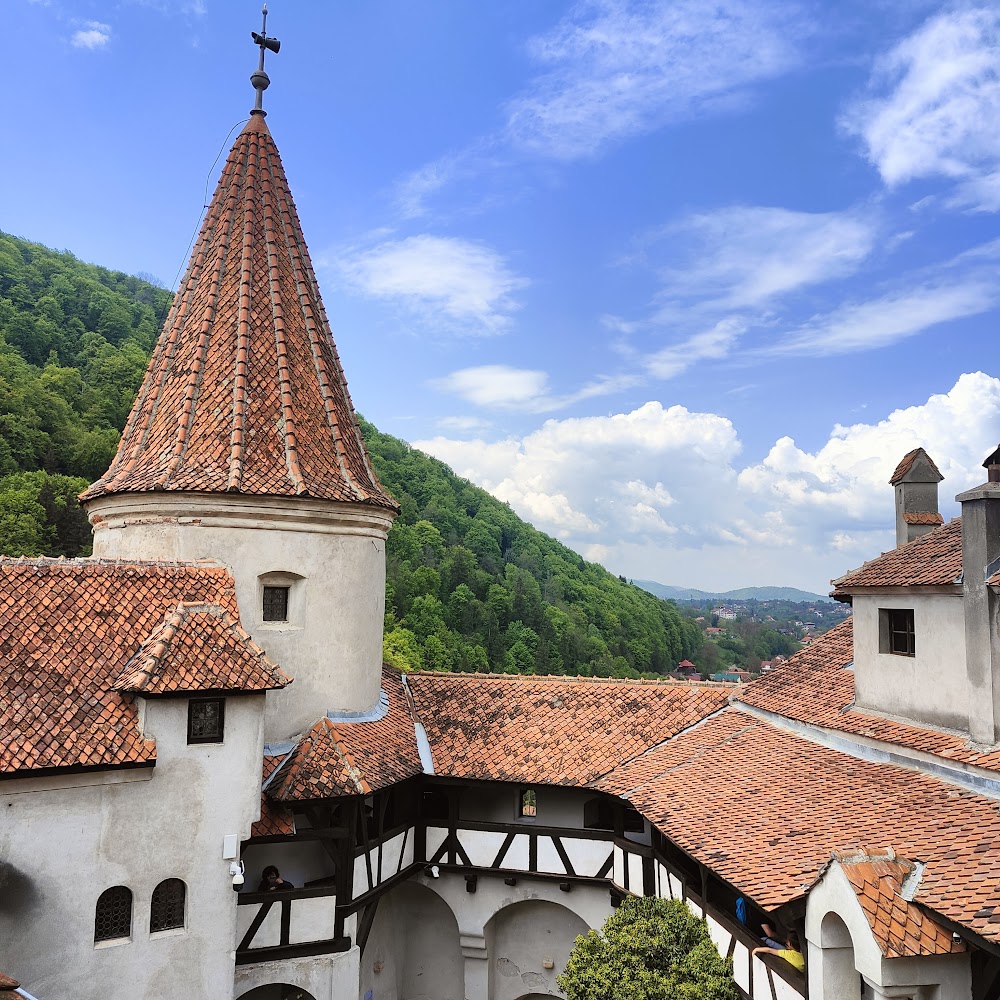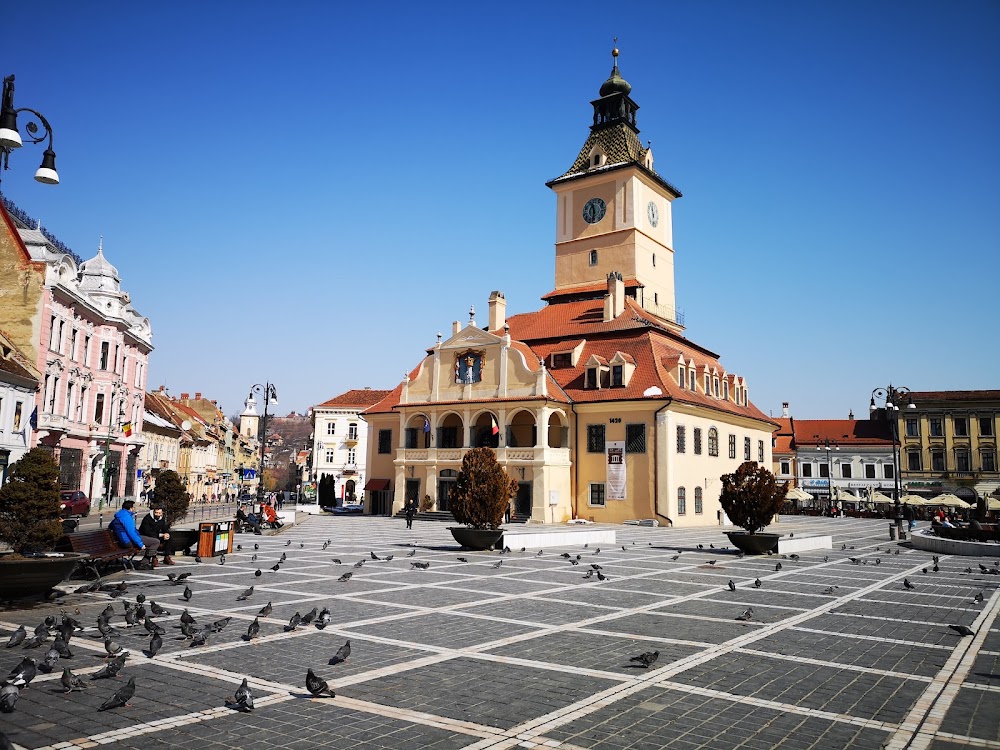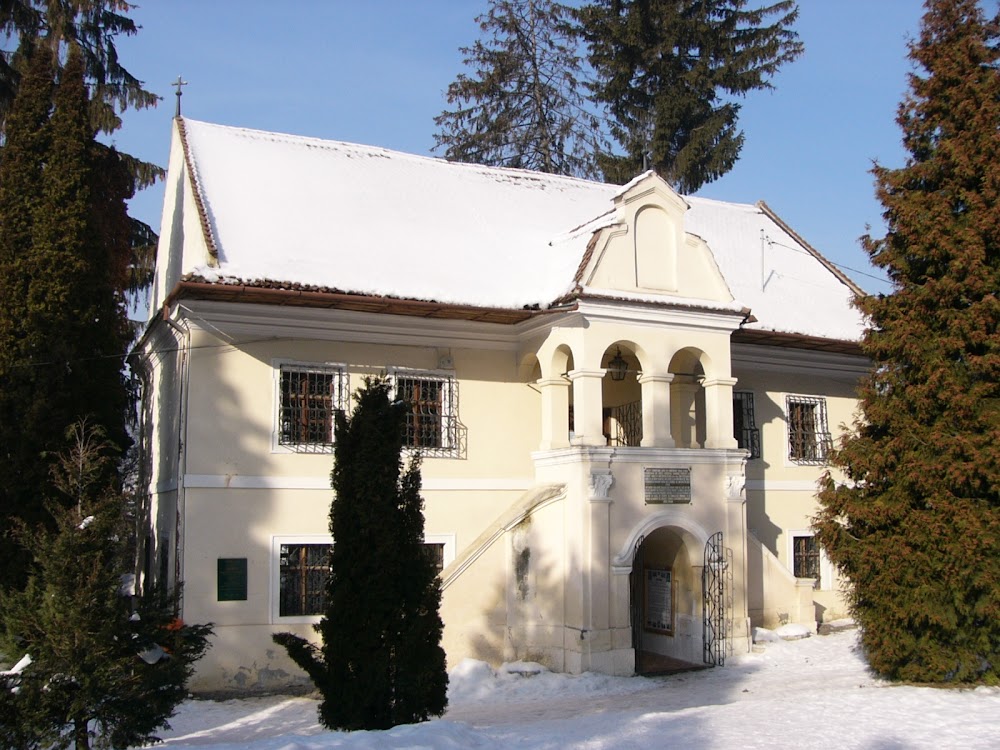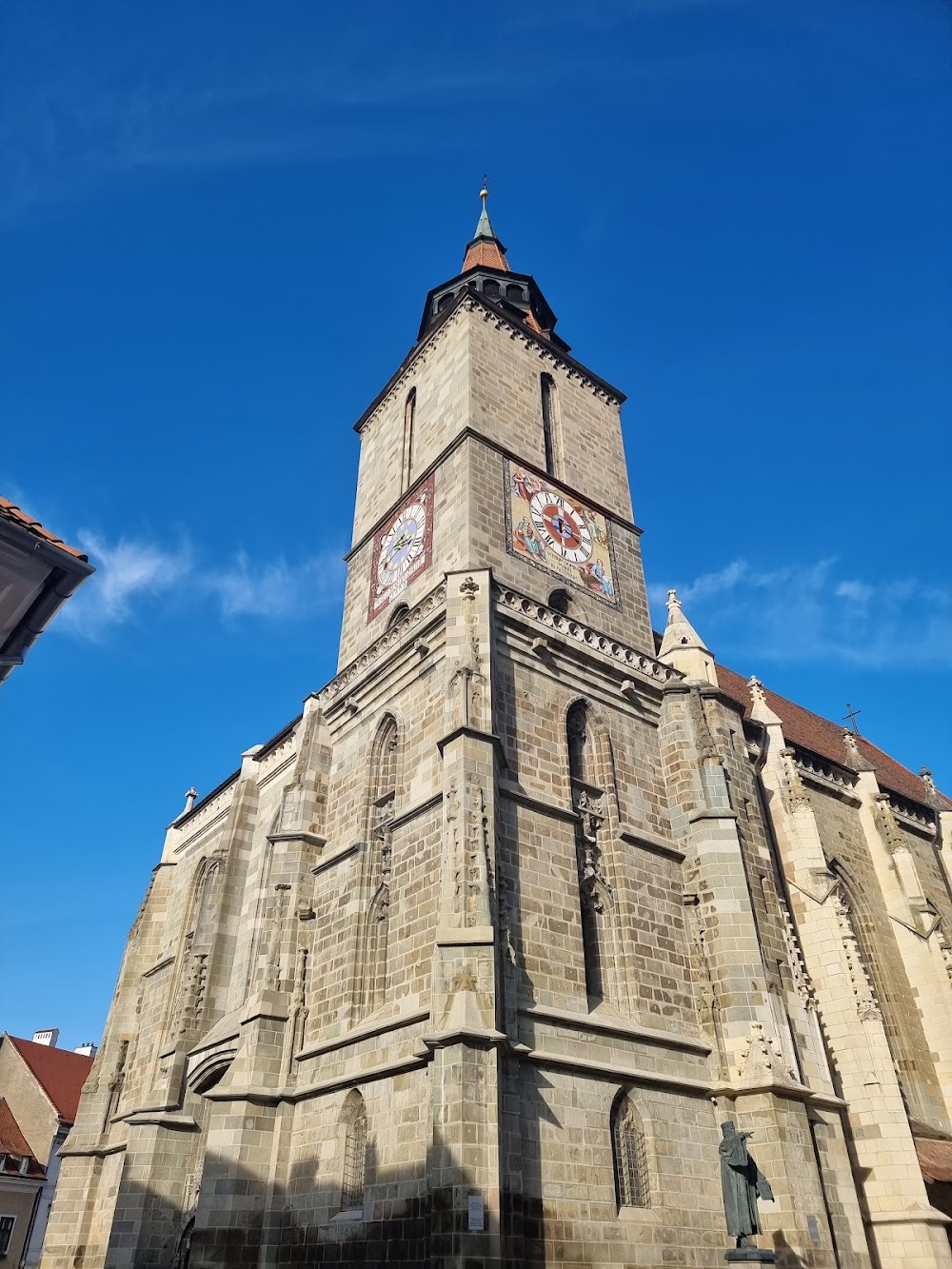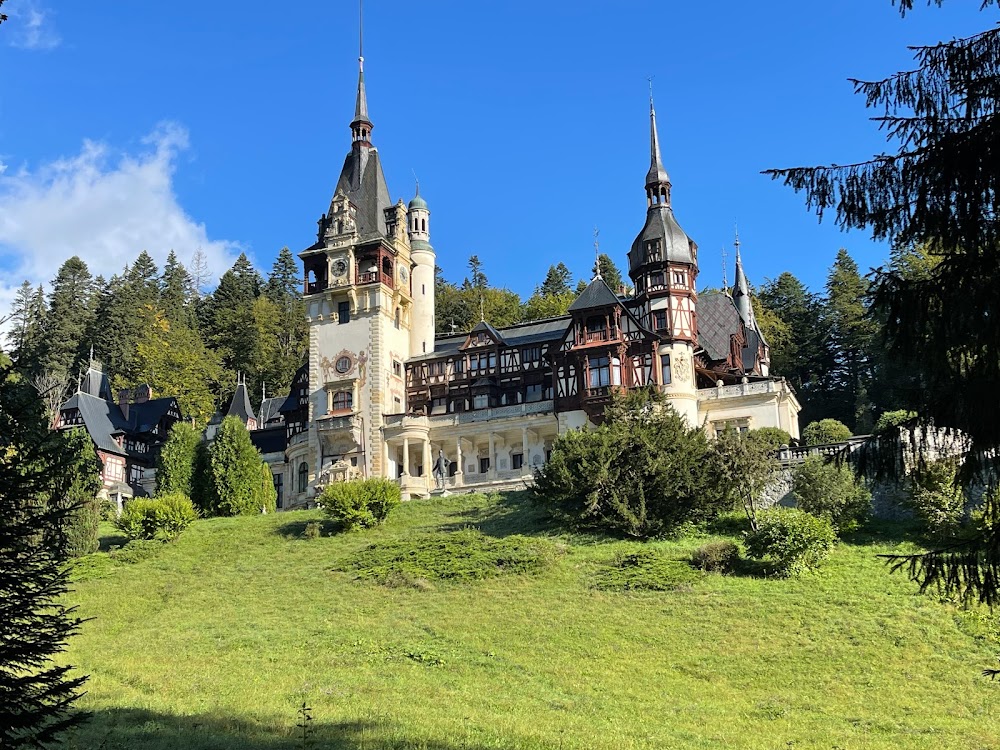Bran Castle (Castelul Bran)
Overview
Bran Castle: A Legendary Fortress
Nestled in the heart of Brașov County, Romania, Bran Castle is famously entwined with the Dracula legend. This historic fortress, with roots tracing back to the 14th century, was originally constructed to defend against invading forces and safeguard the local region from raids. Its dramatic architecture and storied past make it a must-visit destination for travelers and history enthusiasts alike.
The Construction and Strategic Importance
The castle's foundation was laid in 1377 when Hungarian King Louis I of Anjou granted the Saxons of Kronstadt (modern-day Brașov) the privilege to erect a stone fortress. Strategically perched atop a rocky hill, Bran Castle was meticulously designed to oversee the mountainous pass, serving as an effective military stronghold. Its prime location also allowed for the collection of customs fees from merchants traversing the Bran Gorge, further solidifying its importance.
Architectural Marvel
Bran Castle is an imposing sight, characterized by its narrow winding staircases, conical towers, and hidden passageways. The architectural style reflects a captivating blend of Gothic and Renaissance influences, showcasing the evolution of design over the centuries. Constructed from local stone and wood, the fortress employs traditional building techniques, with thick stone walls that provided both fortification and protection against the harsh elements.
Historical Transformations
Throughout its storied history, Bran Castle has undergone numerous modifications and renovations. In the 15th century, renovations were made to bolster its defensive capabilities. By the early 20th century, the castle had fallen into disrepair, but Queen Marie of Romania took it upon herself to restore the structure, transforming it into a royal residence. She added modern amenities while carefully preserving the castle's historical essence, ensuring that its legacy continues.
Connection to Dracula
Although often linked to Vlad the Impaler—the real-life inspiration for Dracula—there is no concrete evidence that he ever resided in Bran Castle. This association largely stems from Bram Stoker's iconic novel "Dracula," which fictionalized the character based on Vlad's infamous reputation. Regardless of the historical inaccuracies, the Dracula legend has significantly heightened the castle's allure, attracting tourists from around the globe.
Exploring the Castle
Bran Castle boasts 57 rooms, including the central keep, various annexes, and watchtowers. Visitors can explore a museum filled with artifacts from Romanian royalty and exhibits that shed light on medieval life. The spiral staircases and dark passageways evoke a sense of mystery and adventure, enticing guests to delve deeper into its history.
A Scenic Retreat
The castle's picturesque courtyard is framed by narrow stone walkways and lush vegetation, providing a serene backdrop for exploration. Visitors are treated to breathtaking views of the surrounding Carpathian Mountains and the charming town below, making Bran Castle not only a historical wonder but also a site of natural beauty.
Conclusion: A Cultural Landmark
Today, Bran Castle stands as a significant cultural landmark in Romania, seamlessly blending history, legend, and stunning architecture. It continues to draw visitors for its historical significance, architectural beauty, and the enduring myth of Dracula that surrounds it. A visit to Bran Castle promises an unforgettable journey into the heart of Romania's rich heritage.


